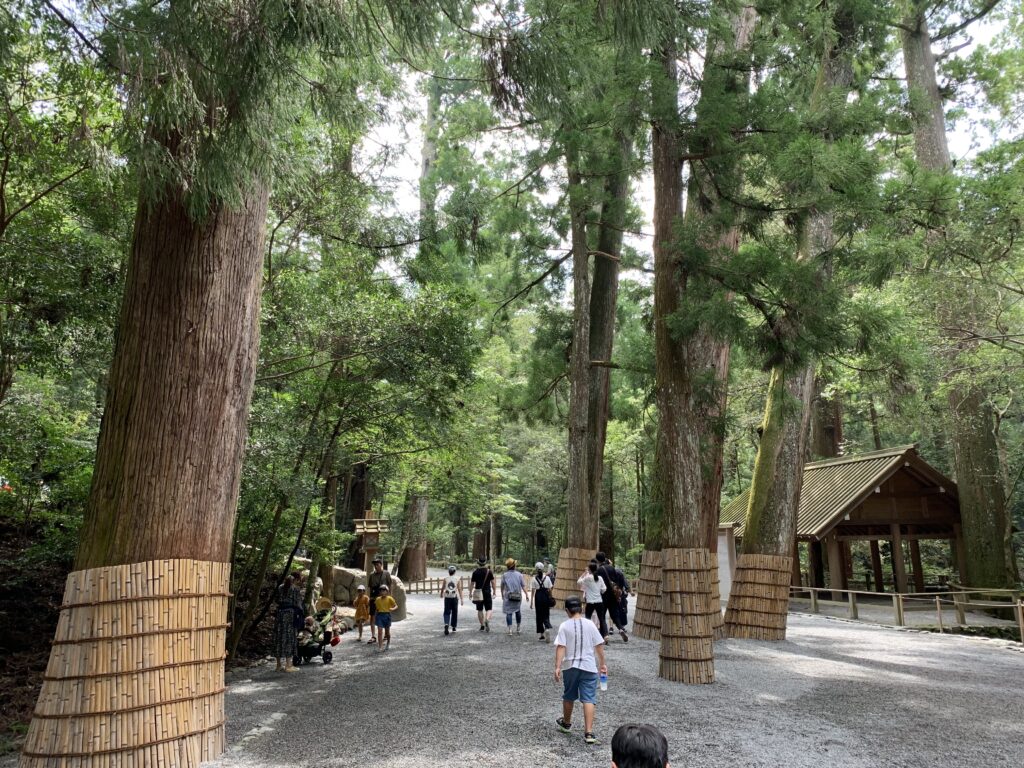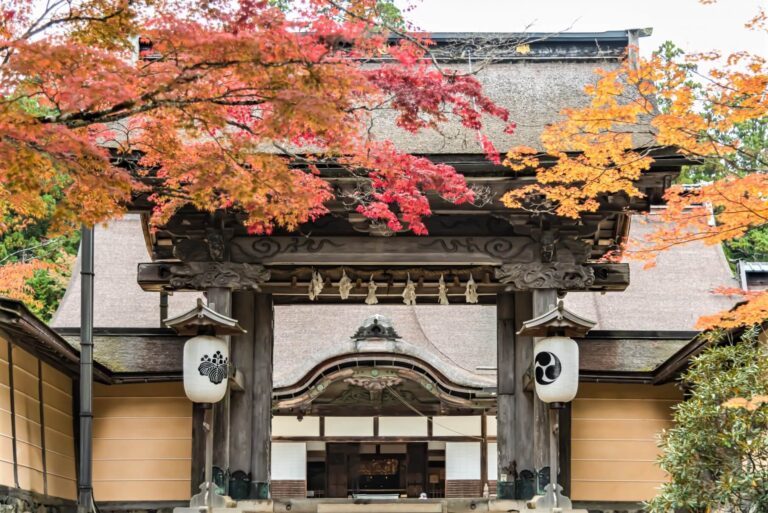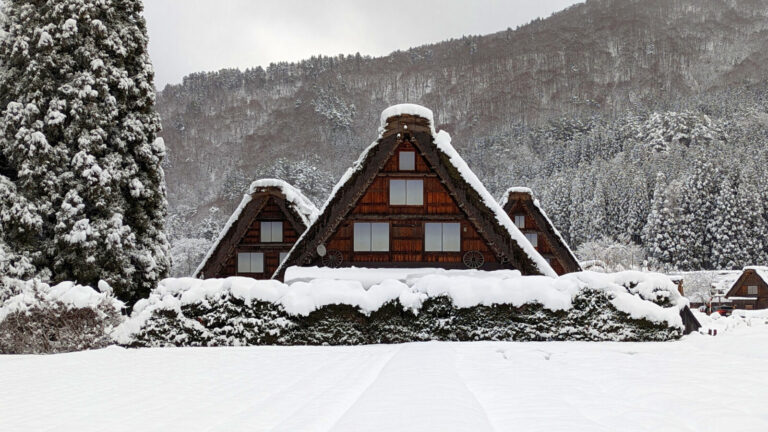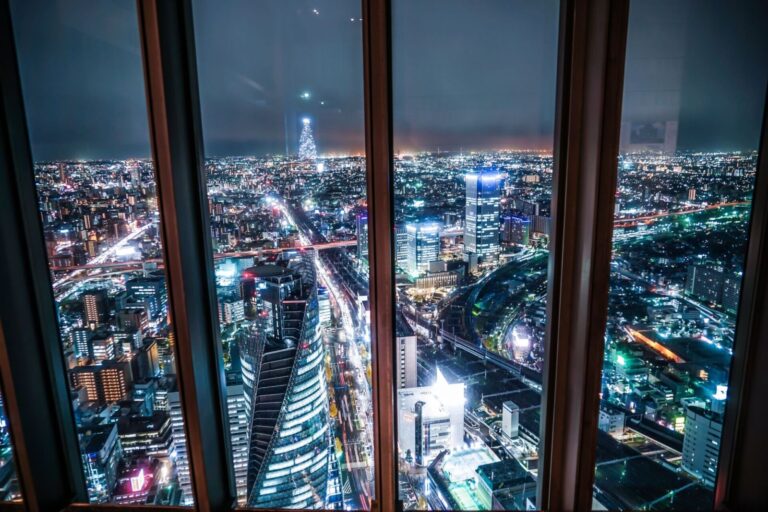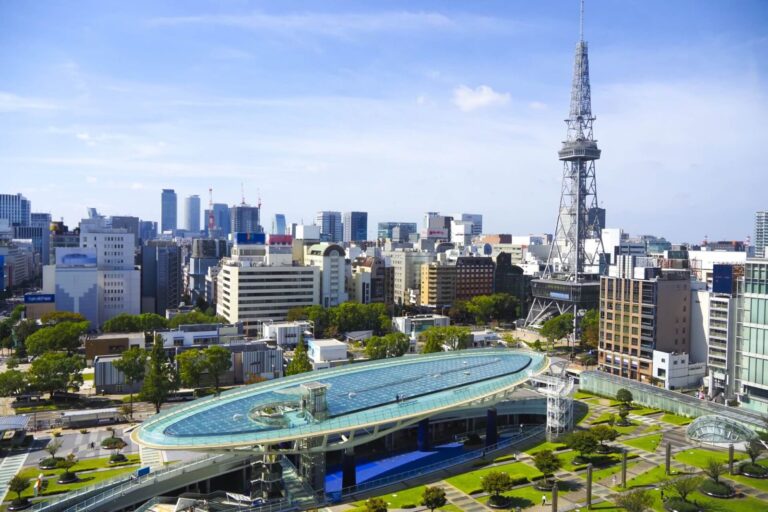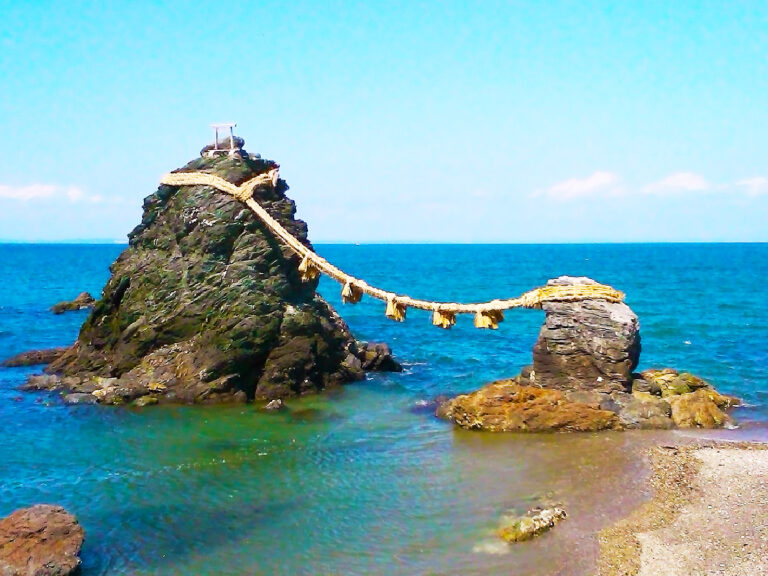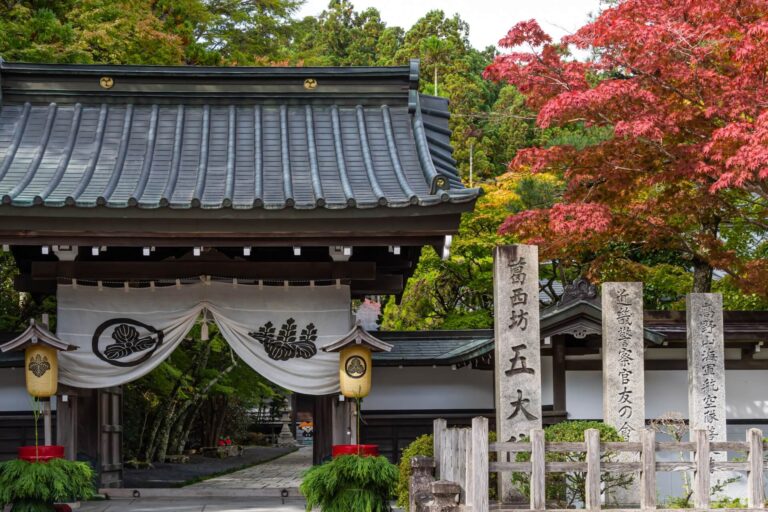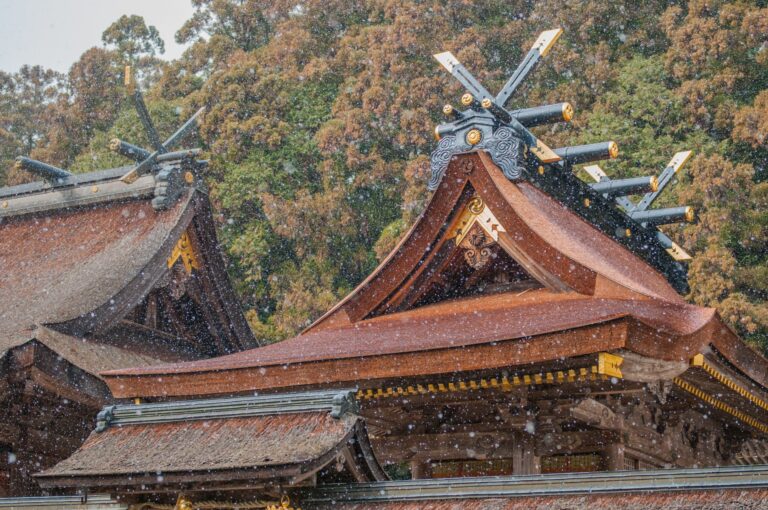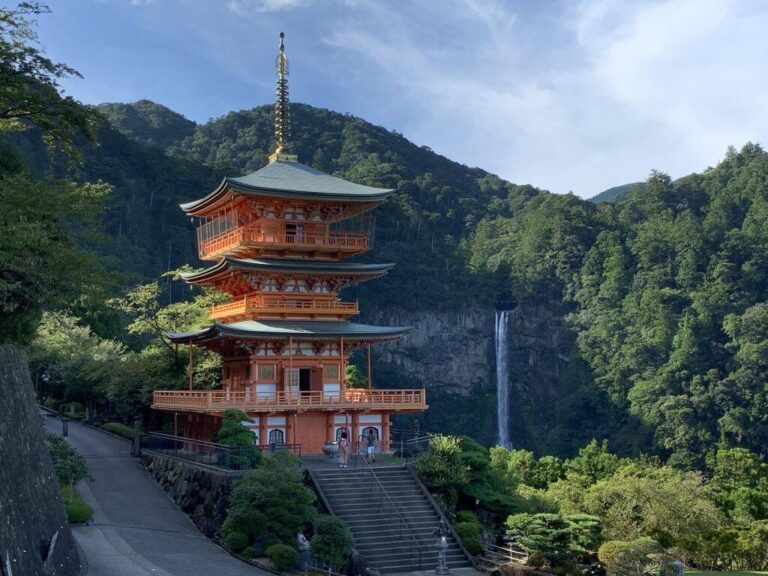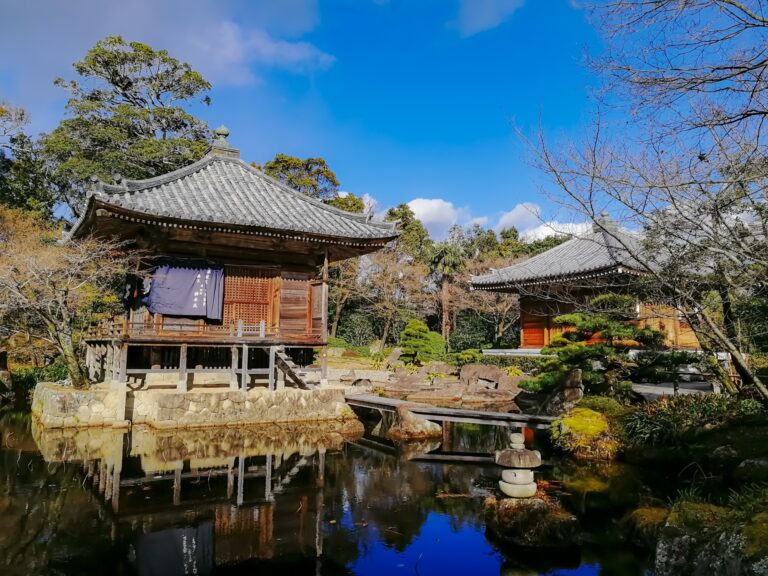Ise Grand Shrine
The Ise Grand Shrine is the most important Shinto complex in Japan. Dedicated to the sun goddess Amaterasu-Omikami, the complex is made-up of multiple shrines – a total of 125 – and other structures centred around the Kotai Jingu (Inner Shrine) and Geku (Outer Shrine).
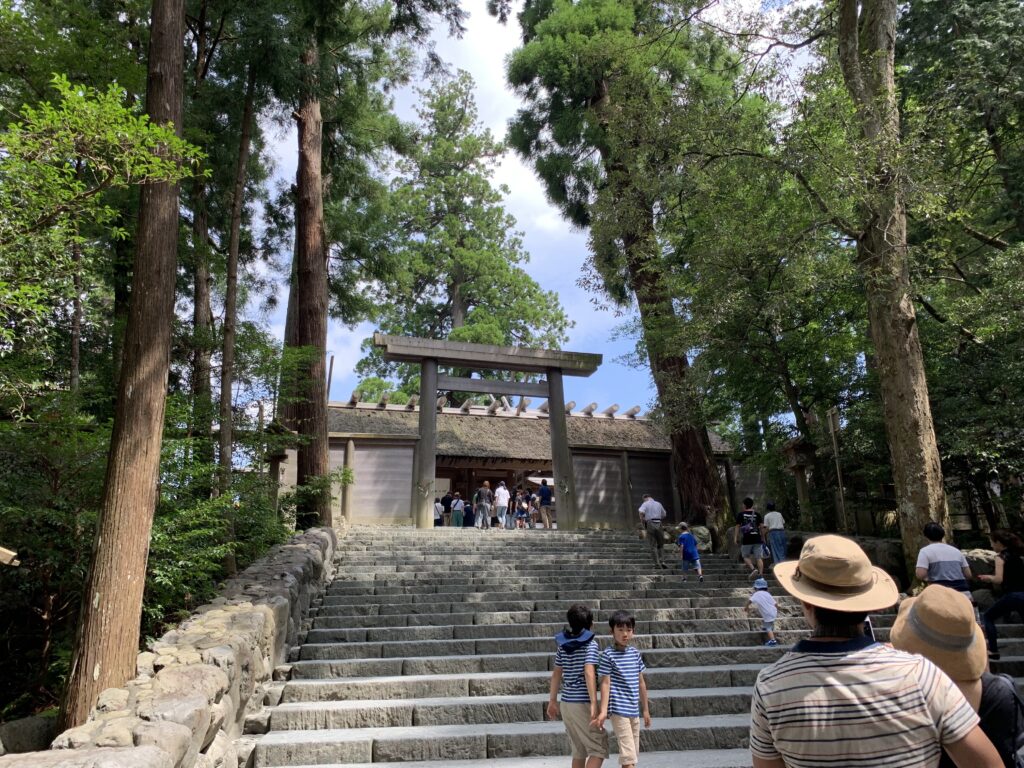
The overall complex covers a huge area with many important sites and features leading to the shrines. The Kotai Jingu – also referred to as the ‘Naiku’ – is regarded as the most venerable sanctuary in Japan. Enshrining Amaterasu-Omikami – the ancestral deity of the Imperial Family – for 2000 years, Naiku embodies the spirIt and spiritual beliefs of the Japanese people.
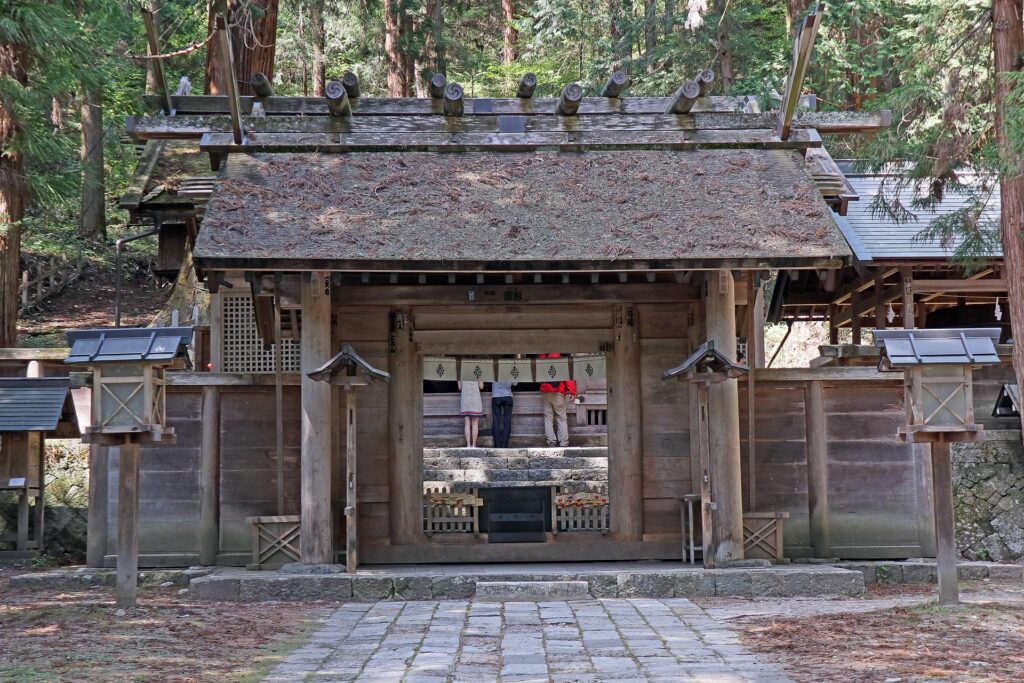
The Geku enshrines another deity, Toyo’uke-no-Omikami and is said to have done so for at least 1500 years. The nearby ‘Shogu’ is said to house the ‘Holy Mirror’, in which Amaterasu can manifest.
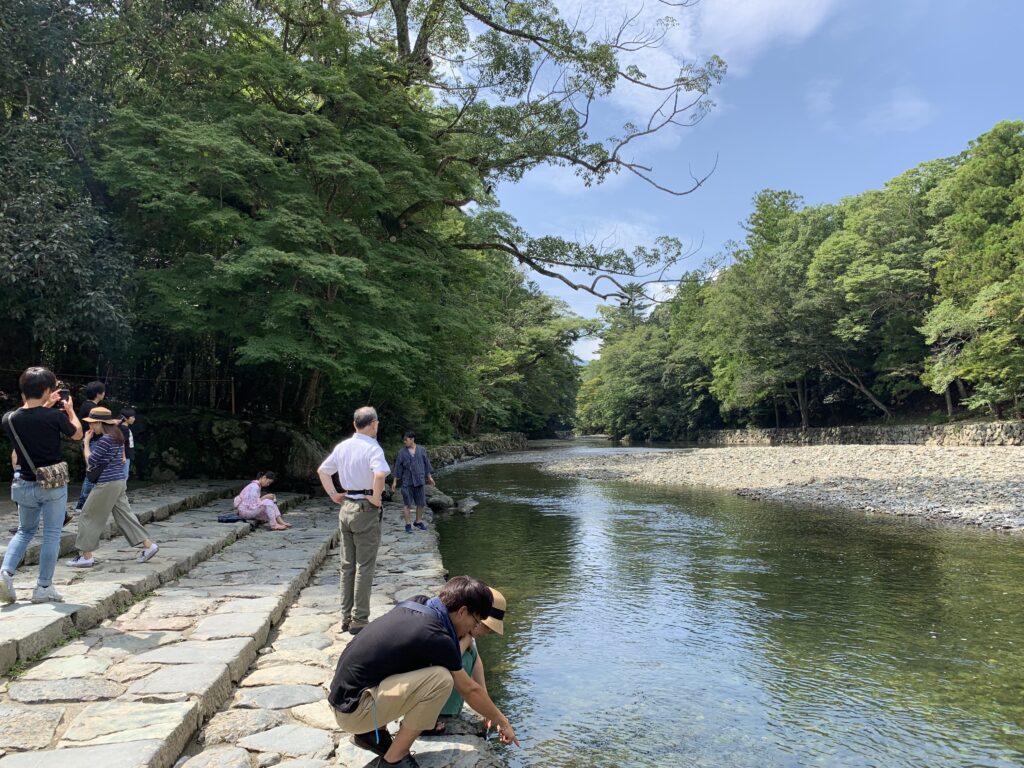
Unseen by lay people, the shrines can only be viewed and entered by the attending Shinto priests and members of the Japanese Royal Family. The inner shrine is dismantled, moved and reconstructed every 20 years. Next occurring in 2033, this tradition embodies the Shinto belief that death and renewal are a necessary and constant aspect of existence while serving the practical task of teaching each generation the skills needed to construct and maintain the shrines.
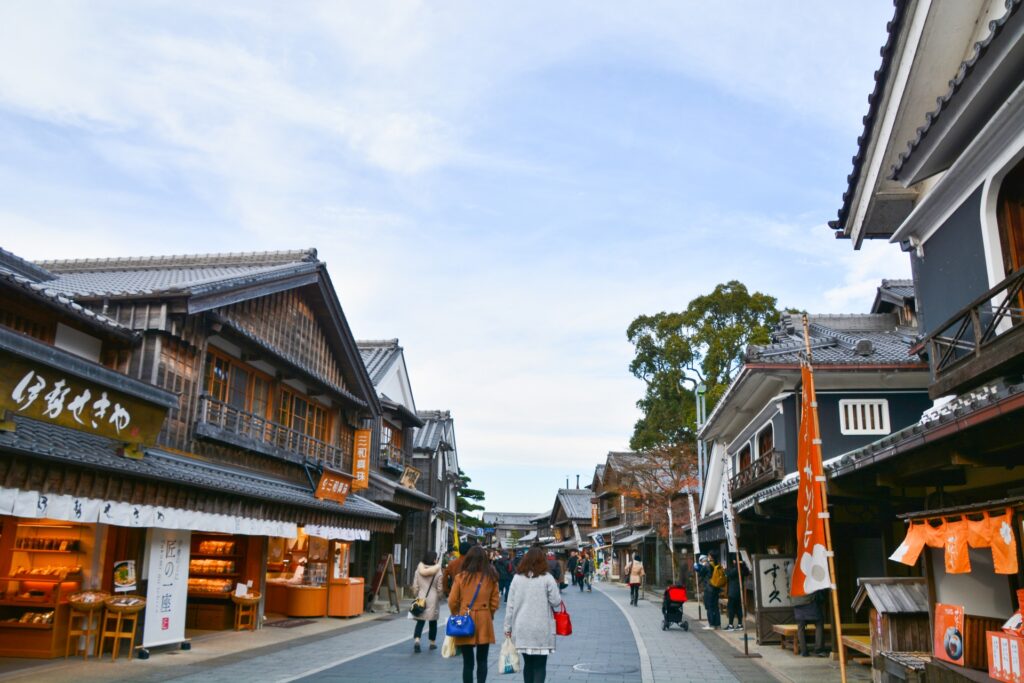
The two main shrines stand several kilometres apart, with the Geku located in the centre of Ise – nearby Ujiyama Station – while the Naiku can be reached by bus from the station. The Ise Grand Shrine is quite simply, one of Japan’s most important religious centres and a fascinating destination for persons of any faith or background.
Information regarding accommodation in and around Ise can be found through our ‘Ise Shima Area’ hotel page.



